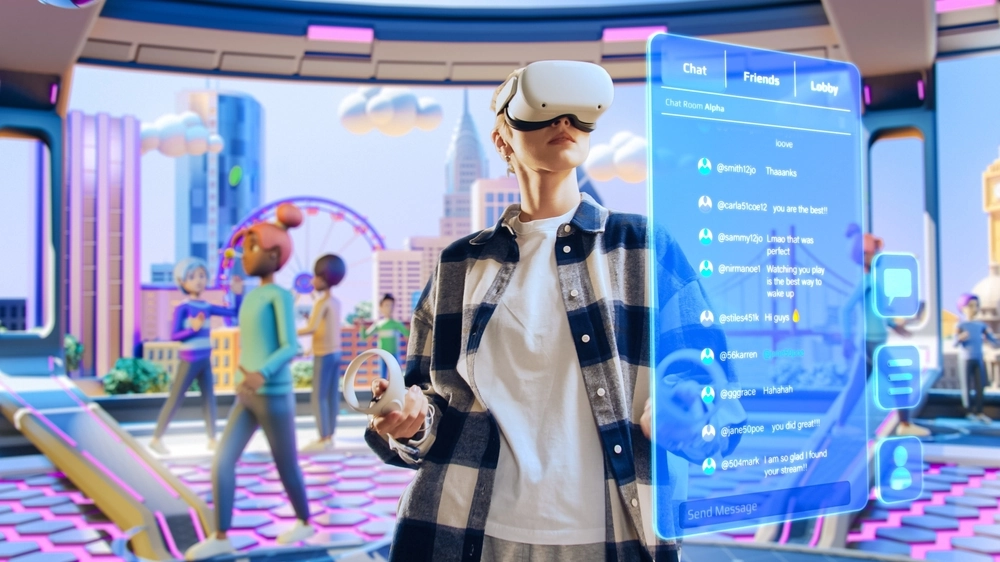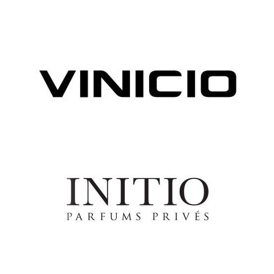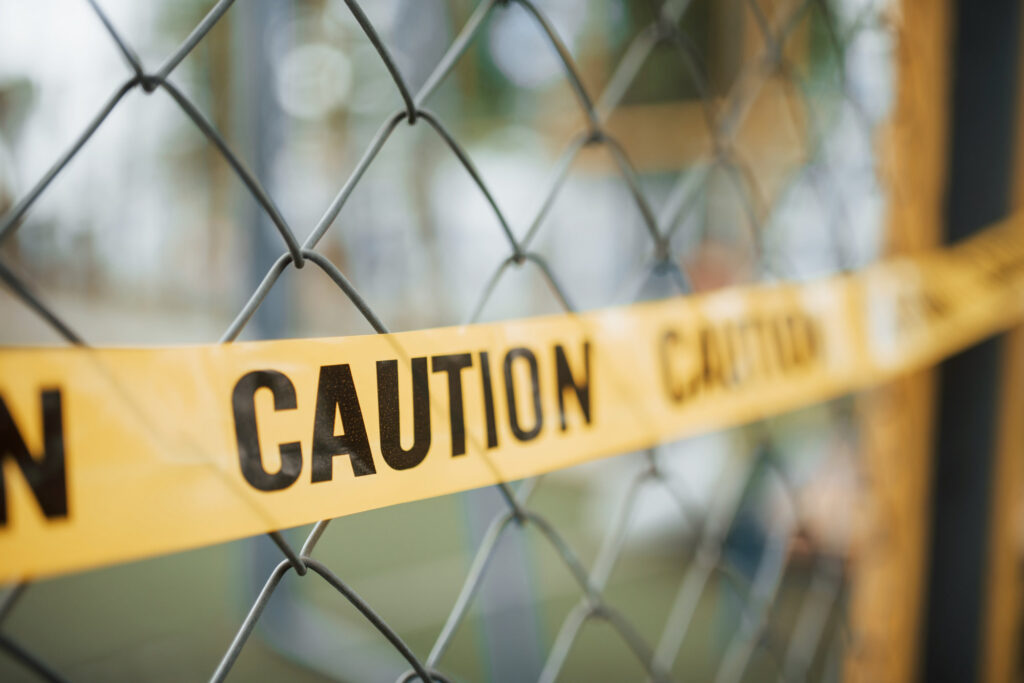
The virtual and real world intersect at the EUIPO


The EU Intellectual Property Office ("EUIPO") Opposition Division recently set out its position on the comparative analysis between goods and services in the virtual and real-world in an opposition setting.
In summary, it was found that unless the similarity between virtual and real-world goods and services is well-known, there is no similarity.
EU Opposition Nо. B 3 199 946
In EU Opposition Nо. B 3 199 946, Artessence FZC ("Artessence") opposed Vinicio S.R.L.'s ("Vinicio") application for VINICIO (device – see below) for various virtual and real-world goods and services in classes 3 and 35. Coverage included soap, perfumery and essential oils in class 3 and a variety of retail and wholesale services relating to class 3, in addition to retail services relating to virtual goods (such as soap, perfumery and essential oils) for use in virtual reality in class 35.
Artessence based its opposition on the likelihood of confusion ground (i.e. Article 8(1)(b) of the EU Trade Mark Regulation 2017/1001) and its earlier trade mark registration for INITIO PARFUMS PRIVÉS (device – see below) in classes 3 and 4 relating to various perfumery, cosmetic and candle goods.

After analysing the opposition at issue, the EUIPO held that:
- the parties' class 3 goods at issue were identical or similar;
- Vinicio's retail services concerning the sale of various real-world goods were similar to the goods covered by Artessence's application;
- Vincio's class 35 services relating to virtual goods were dissimilar to the goods covered by Artessence's application; and
- Artessence did not persuasively evidence its earlier mark had enhanced distinctiveness.
Ultimately, the above factors led to Artessence's partial success whereby Vinicio's goods and services deemed identical or similar to the earlier trade mark were rejected for registration and the services relating to virtual goods were allowed to proceed to registration.
The goods and services analysis
The EUIPO's rationale for its finding on the goods and service analysis is particularly interesting.
As you will see from the below example, Artessence's relied upon class 3 goods were mostly real-world counterparts of the virtual goods covered by the contested retail services in class 35. Nevertheless, being real-world counterparts was not enough for the EUIPO to find similarity.
| Class 3 | Class 35 |
| Perfumery and fragrances; essential oils for personal use. | Retail services in relation to: virtual goods, namely soaps, perfumery, essential oils, cosmetics, hair lotions, dentifrices, beauty and care preparations for the body, deodorants, joss sticks, pot-pourri and bags, kits and gift sets containing skin, hair and/or nail care preparations, the aforesaid goods for use in virtual reality. |
The EUIPO reiterated that the degree of similarity is a legal test resting on well-known facts. Further, that in relation to virtual goods and their associated novelty, there are no well-known facts that lead to a finding of similarity. For instance, it is not a well-known fact that it is customary to bring together and offer for sale virtual goods and their real-world counterparts through the same distribution channels or to target the same relevant public. Neither are the parties' goods and services complementary nor share a nature, purpose and/or method of use.
The EUIPO followed that the parties' real-world goods and virtual services were therefore dissimilar. In doing so, it stressed the importance for parties to submit arguments and evidence showing how their respective goods and services are similar.
Of course, if the assessment was real-word goods vs real-world retail services relating to the same goods, the outcome would have likely differed (with a similarity finding). It will be a test of time to see whether the finding of dissimilarity when comparing virtual goods to their real-life counterparts will be applied as harshly across the board in relation to all goods and services.
Our thoughts
Associate Bethany Wheeler-Fowler, said: "This is a very interesting decision from the EUIPO that highlights the difficulty that brand owners encounter in the ever-changing landscape of new technologies. As virtual reality platforms/systems are becoming ever more ingrained into our everyday lives, it is questioned at what point the virtual world and metaverse will be technologies so well known that their ongoings can be taken with judicial notice.
"Whether or not the UK IPO are a step ahead at drawing the parallels between the virtual and real-world remains to be seen. Until then, when enforcing their rights in relation to new technologies, brands should take extra care to ensure that their cases are strongly pleaded with evidence on any points some members of the public would find nuanced."















